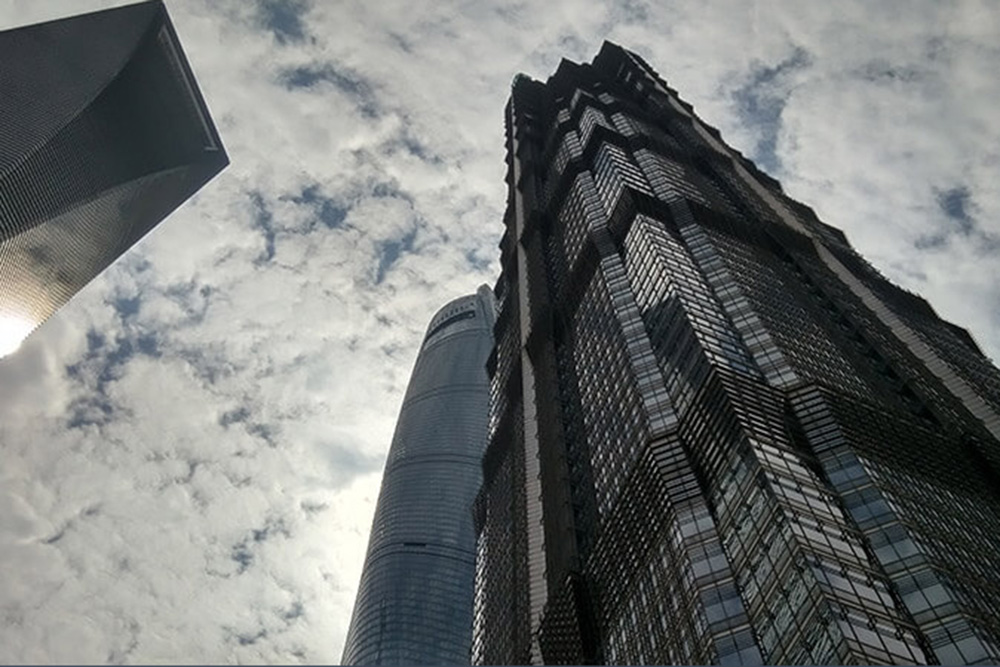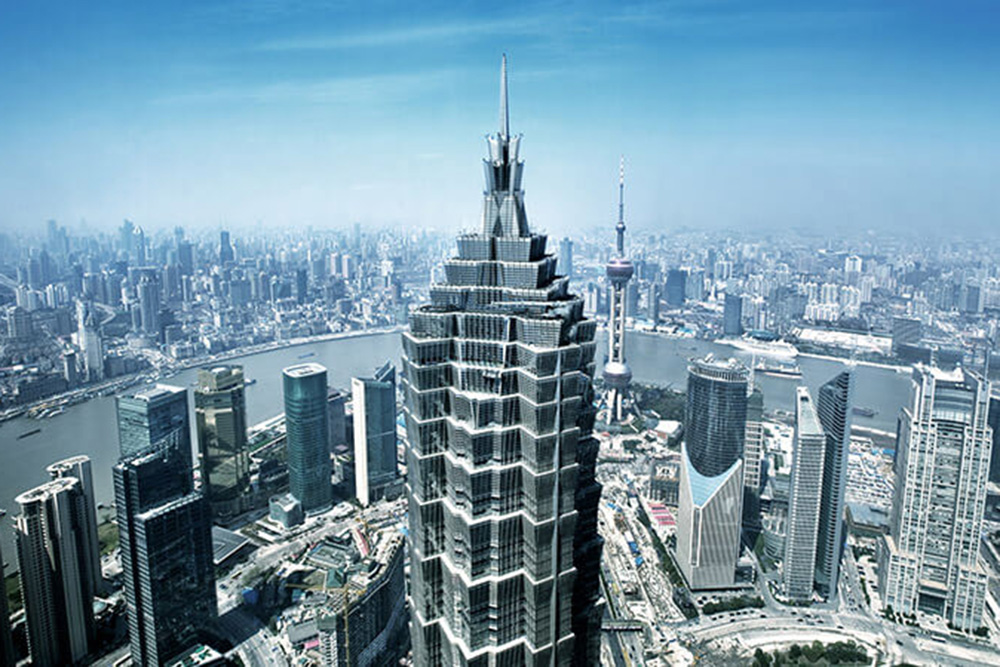Jin Mao Building, Shanghai
Feb 25, 20
Jin Mao Building, Shanghai
We Raised Skills and Concrete to Service One of the Tallest Buildings in the World
The Jin Mao Building or the Jin Mao Towers, when translated, literally means the Golden Prosperity Building. When completed in 1999, it was amongst the tallest buildings of the world.
The design of the firm draws from traditional Chinese architecture such as the tiered Pagoda, gently stepping back to create a rhythmic pattern as it rises. The mixed use building contains a shopping mall, food court, offices, restaurants, night clubs and the one of the world’s tallest hotels - The Grand Hyatt Hotel, Shanghai.
Advanced structural engineering systems have been employed in the construction of the building. The wind and earthquake engineering employed fortify the building against typhoon winds of up to 125 mph (200 km/h) and earthquakes of up to 7 on the Richter scale. The swimming pool on the 57th floor is also said to act as a passive damper.
The Challenge
High rise concreting is always most challenging, this project was no different.

Low angle view of the 88 storey Jin Mao Tower. Putzmeister equipment helped convey an impressive 366,226 yd3 (280,000 m3) concrete up to a height of 253' 4" (382 m) for this project.
The Solution
Like all high rise buildings, concreting for the Jin Mao Building was a trial that needed strategic planning and optimum efficiency. Putzmeister equipment came to the rescue and took over the conveying of the total of 366,226 yd3 (280,000 m3) concrete up to a height of 253' 4" (382 m). The BSA 14000 have always been deployed for extreme requirements.
The 88 storey Jin Mao Building was erected with reinforced concrete which enabled relatively quick construction progress to be made. Concrete placing was carried out with the help of two stationary Putzmeister BSA 14000 concrete pumps, which are especially suitable for the extreme high rise and long distance conveying of concrete. For the atrium the pipelines were first guided upwards vertically and anchored. Then they were led to the respective floor in the pipe gallows via the formwork and gradually dismounted.
At the site, the use of separate placing booms was done away with. Instead, the vertical lines which were led up vertically parallel to each other were guided to the respective floor by 90° elbows and connected at the end of the line to a flexible pipeline with the mechanical Putzmeister rotary distributor of type RV 10.
When commencing to concrete a storey, the delivery line was lengthened enough so that each of the two lines could fill half of the floor formwork in a semicircle of 180°. As soon as one section had been completely concreted, the pipes that were no longer needed were removed and work was carried out with the shortened delivery line.
They only needed, on an average, three hours to concrete the 366 yd3 (280 m3) floor formworks. The two large PM concrete pumps were for a great part responsible for this high hourly performance.
Cleaning too was accomplished with the aid of a Putzmeister transfer tube of type DVH 4/2. Though it was a demanding schedule, at no time did any of the Putzmeister equipment reach their endurance limits due to their enormous power reserve.

The top of the Jin Mao Tower that houses the Grand Hyatt Shanghai’s famous barrel-vaulted atrium, which begins at the 56th floor and extends up to the 87th floor.
Concrete Takeaways
- The number 8 is associated with prosperity in Chinese culture- thus the proportions of the buildings too revolve around the number 8.
- The Hyatt's famous barrel-vaulted atrium starts at the 56th floor and extends upwards to the 87th. It is one of the tallest atria in the world.
- All Putzmeister machines used withstood the demanding placing and surpassed expectations when it came to hourly performance average.